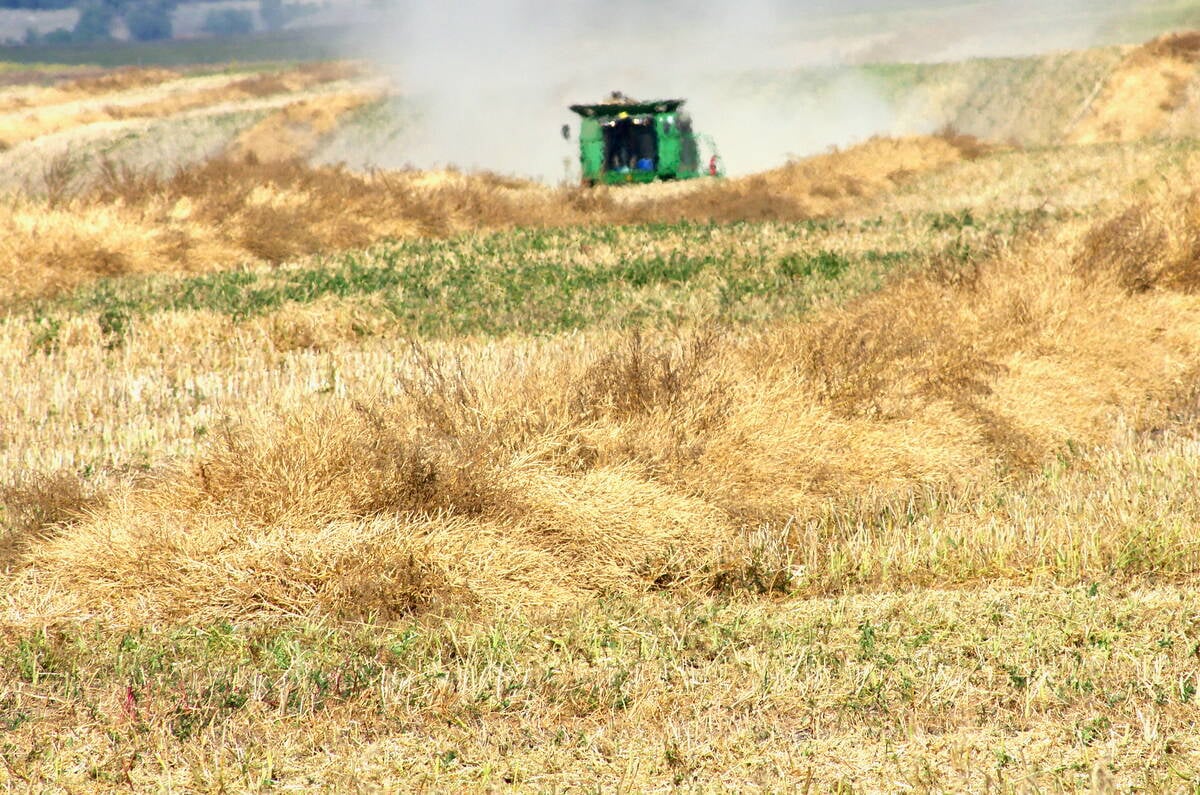TROCHU, Alta. – When it comes to environmental awareness, some farmers have decided to act rather than talk about their water problems.
For Allen and Janice Murphy, the situation became so extreme they decided to move their farmyard to a new site rather than cause further damage to a nearby riparian area.
Alberta farmers gathered for a local watershed meeting in Trochu north of Calgary and heard how different approaches repaired damage on farmland.
The Murphys live in the northwestern corner of Red Deer County and had a 400 cow-calf operation on a creek bank for 28 years.
Read Also

Manitoba searches for Plan B on canola oil exports
A new report explores Manitoba’s current canola oil trade and possible alternative markets to the U.S.
“As the farm grew, our troubles got bigger,” said Allen Murphy.
Their home, corrals and sheds were all beside the creek. Calves were drinking muddy water and the creek overflowed into the corrals.
Some new land nearby came available and they were able to move everything to higher ground starting last July.
They signed on to the Alberta environmental farm plan that provided guidelines and ideas for a new farm site.
They relocated the livestock along with 1,000 metres of steel corrals, 240 metres of windbreak fence, five waterers, 21 calving shelters and several big steel sheds and were able to recoup many costs through environmental grants. The old farmyard was seeded back to grass.
Another example came from Erik Butters who ranches west of Cochrane in the foothills.
His family created its own environmental advisory committee about five years ago. It includes a fisheries biologist, environmental design specialist, wildlife biologists and a range manager. They meet once a year and helped form a plan for the ranch including restoring a narrow stream passing through the property.
As a boy Butters fished in that stream and it was hedged with willows. About 40 years ago beavers moved in and chopped off the willows and the trees did not regrow. There are few fish remaining. The area has also been grazed and cattle nipped off the willow sprouts on the stream banks.
“We should have picked up on that about 35 years quicker than we did,” he said.
With the help from advisers, a temporary electric fence was installed to exclude livestock from most of the stream. Butters has noticed tree regrowth and improvements in stream health. The stream eventually joins rivers running through Calgary.
“I hope that mayor (Dave) Bronconnier and the City of Calgary might appreciate that some day,” he said.
Fencing was a low cost solution and Butters has come to appreciate the professional help available for farmers wanting to make changes.
“There is a huge resource out there for us to tap into,” he said.
Another scenario came from Ken McDermid who runs a cow-calf operation and a 1,500-head feedlot near Eagle Hill in Mountainview County.
Starting in 2002, heavy runoff from major rains and snowfalls turned the feedlot drainage system into an environmental disaster.
Water was running through the feedlot, the yard and silage pit.















